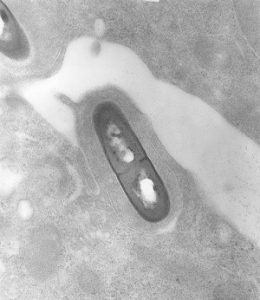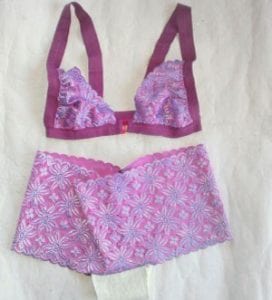
Sia is more than an amazing pop singer-songwriter; she’s also just a singer-songwriter.
Like a tree nymph. Covered in wind by the songs of nature. Weaving through the dense woods, humming with delight, basking in fractured sunlight, happy yet so vulnerable. A gentle acid trip if there ever were such a thing.
That’s what it feels like to listen to Sia’s Colour the Small One, in a nutshell. Here is, not a review, but a deconstruction, an exploration, of a poignant album that should not be forgotten in the midst of Sia’s latest, 1000 Forms of Fear, (another impressive feat but for different reasons).
Before she swung from chandeliers, she watched the wind blow and played in sand. On her third album, Sia is a poet of divine (or Australian) creation whose voice revels in an orchestration of muted synths and rising strings. Everything in her whispering-wandering songs evokes beautiful melancholia: whether by the grandiosity of cosmic longing in the mid-tempo “Moon”, or by the simplicity of ordinary situations in the fleeting ballad “Sweet Potato”. The album reaches far and wide, but its true strength is in its vulnerability, every song another pastel working to paint the most solitary painting.
It’s not, like, depressing or anything, though. A little sad, maybe. Introspective. But the kind of introspective we like. Colour the Small One, released in 2003, became Sia’s most successful album at the time, outselling her we-don’t-talk-about-that-one debut, OnlySee, and her trip-hop-influenced sophomore effort, Healing Is Difficult.
This album’s lead single, “Breathe Me”, has since been memorialized by primetime television, appearing on the season finale of Six Feet Under in 2006 and, seven years later, on the first season of Orange is the New Black, proving its continued relevance and status as a solid ballad known for that kind of sound that makes you want to stare wistfully out at the snow while the fire crackles near your feet, and you write poetry with your cat on your lap. It’s a different kind of simple, unlike “Chandelier”. Nevertheless, the efforts to make this album one of cohesion over dynamism worked in its favor.
In Sia’s mind, happiness and sadness intertwine. Her words come easy, like bits of poetry resting on waves of sound. “You are free to love/Delete and rewrite me” she tells us in the opening song — a bold beginning — to promise for change. And she does change as she wanders her own mind like a dreamscape. Although the notes held are often the same ones, her context is so unique that it’s easy to forgive her. The simplicity is so controlling. Nothing else would have been necessary.
In the last song of the album, resolution does not come easy. “Sea Shells”, about the unraveling of a fantasy, the end of a journey, closes with “She sells/Empty sea shells/Lost in the ocean”.
Colour the Small One offers something many albums today do not — an alternative approach to songwriting that may place just as much emphasis, if not more, on words as it does sound and production. Sia is in a place of stardom now, but explorative efforts like this remind us why. It wasn’t “Titanium”. It wasn’t “Chandelier”. Yes, those were amazing, too, but not so meticulously crafted as this.
Hopefully Sia will continue to explore the vast dimensions of music as she does. With every album comes another paradigm, maybe some more accessible than others, but explorative still. Uniquely her. Sia’s albums are secret gardens where her muses come out to play. We find them here in the middle of things. In song.



















